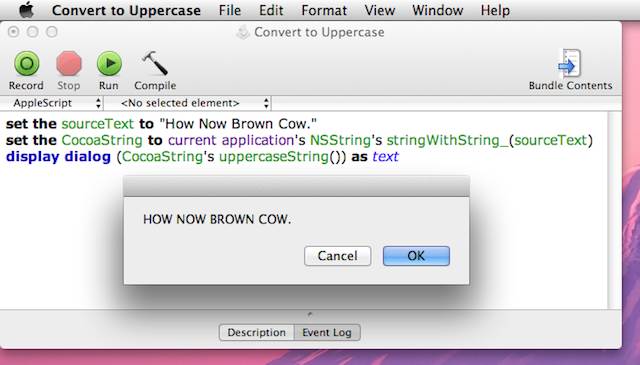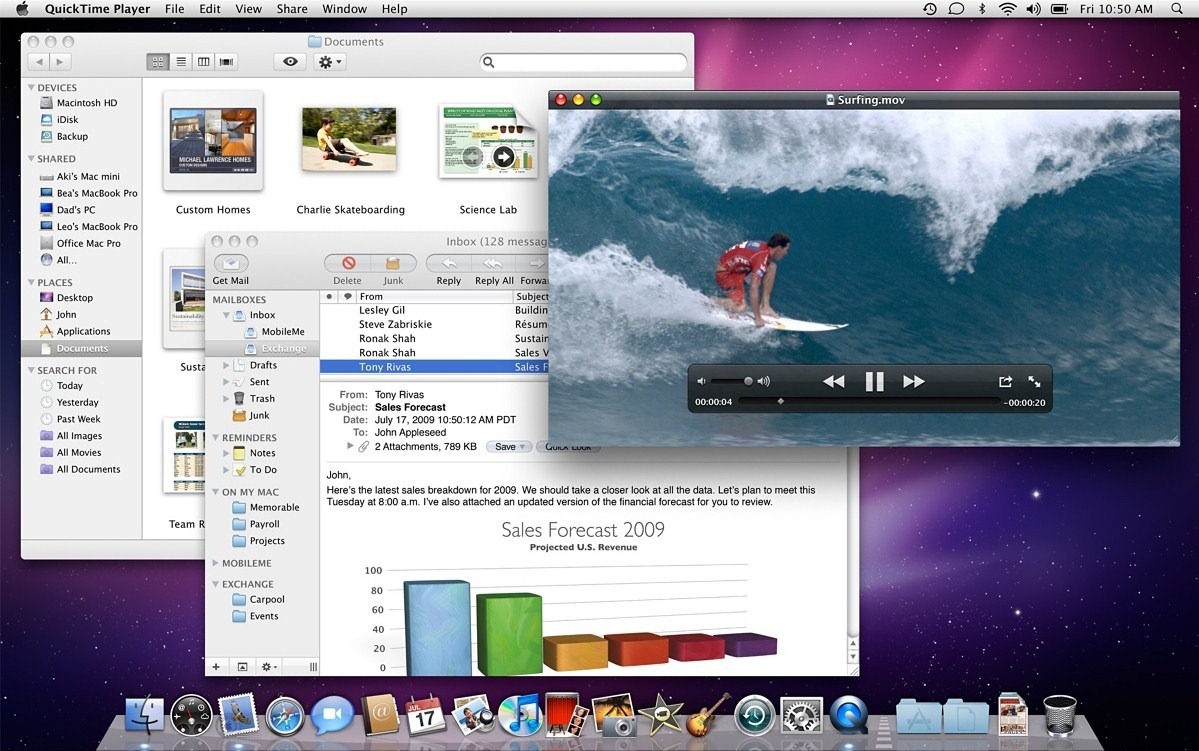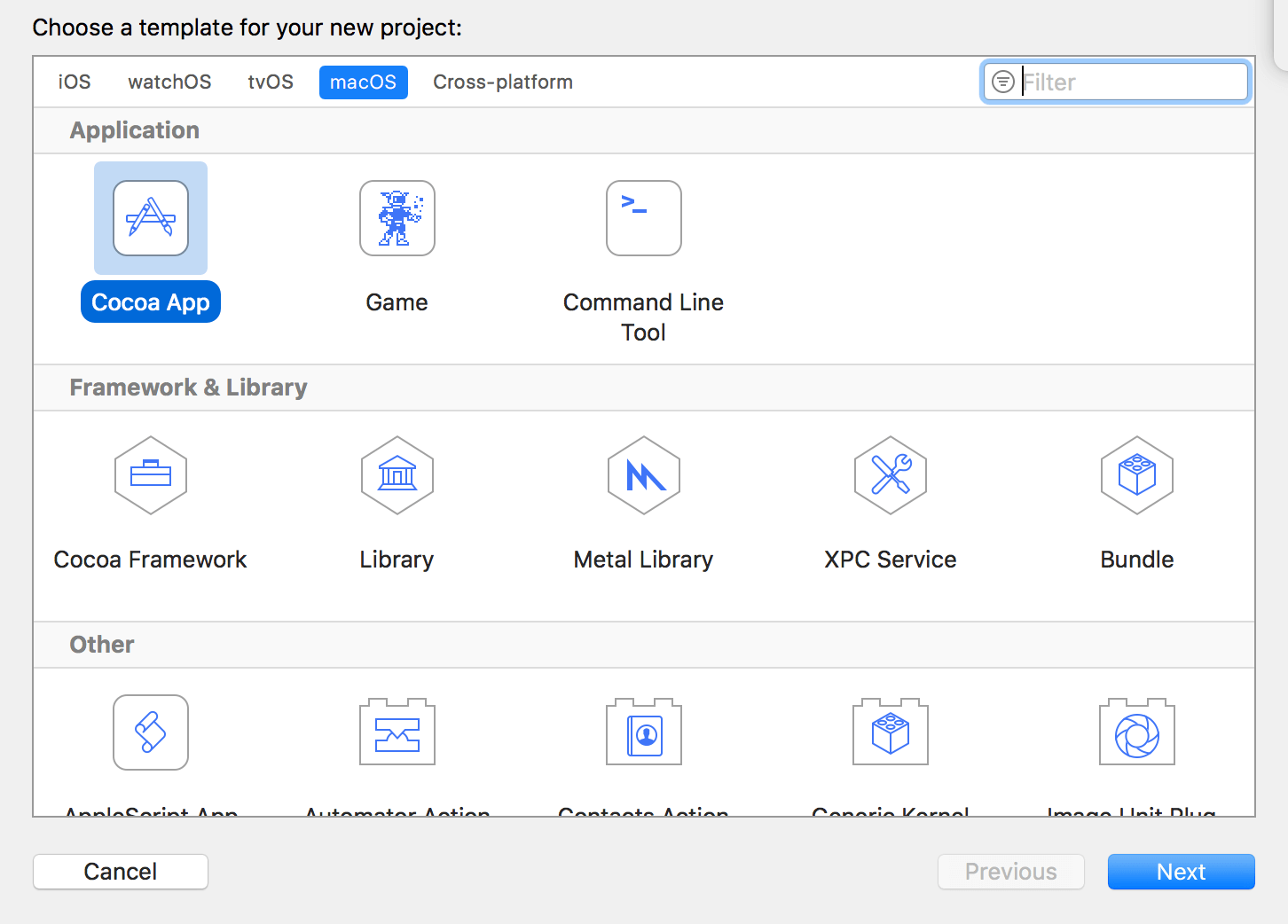Cocoa For Mac Os
Get all the logs you need and fix bugs, crashes, and other issues in minutes instead of days. With Instabug you will automatically receive device data, network logs, and reproduction steps with every bug and crash report. It only takes a line of code to integrate and is perfect for teams that are. Springing from the original Vermont Recipes Web site, where many of today’s Cocoa developers got their start, Cocoa Recipes for Mac OS X, Second Edition is a programming cookbook that shows you how to create a complete Mac OS X application. In this updated edition, author Bill Cheeseman employs a practical, step-by-step method for building a. While Carbon is the means by which most Mac developers will get their apps up to speed for Mac OS X, Apple recommends Cocoa for developers with new ideas who are creating applications for the future. Cocoa is a development API native to the Mac OS X operating system. Cocoa Touch is the closely-related analogous platform for the iOS. It is written in Objective-C, and acts as a sort of 'top layer' to each operating system. Cocoa is Apple's native object-oriented application programming interface (API) for its desktop operating system macOS. Cocoa consists of the Foundation Kit, Application Kit, and Core Data frameworks, as included by the Cocoa.h header file, and the libraries and frameworks included by those, such as the C standard library and the Objective-C runtime.
This document is the starting point for learning how to create Mac apps. It contains fundamental information about the OS X environment and how your apps interact with that environment. It also contains important information about the architecture of Mac apps and tips for designing key parts of your app.
At a Glance

Cocoa is the application environment that unlocks the full power of OS X. Cocoa provides APIs, libraries, and runtimes that help you create fast, exciting apps that automatically inherit the beautiful look and feel of OS X, as well as standard behaviors users expect.

Cocoa Programming For Mac Os X 6th Edition
Cocoa Helps You Create Great Apps for OS X
You write apps for OS X using Cocoa, which provides a significant amount of infrastructure for your program. Fundamental design patterns are used throughout Cocoa to enable your app to interface seamlessly with subsystem frameworks, and core application objects provide key behaviors to support simplicity and extensibility in app architecture. Key parts of the Cocoa environment are designed particularly to support ease of use, one of the most important aspects of successful Mac apps. Many apps should adopt iCloud to provide a more coherent user experience by eliminating the need to synchronize data explicitly between devices.
Relevant Chapters:The Mac Application Environment, The Core App Design, and Integrating iCloud Support Into Your App
Common Behaviors Make Apps Complete
During the design phase of creating your app, you need to think about how to implement certain features that users expect in well-formed Mac apps. Integrating these features into your app architecture can have an impact on the user experience: accessibility, preferences, Spotlight, services, resolution independence, fast user switching, and the Dock. Enabling your app to assume full-screen mode, taking over the entire screen, provides users with a more immersive, cinematic experience and enables them to concentrate fully on their content without distractions.

Relevant Chapters:Supporting Common App Behaviors and Implementing the Full-Screen Experience
Get It Right: Meet System and App Store Requirements
Configuring your app properly is an important part of the development process. Mac apps use a structured directory called a bundle to manage their code and resource files. And although most of the files are custom and exist to support your app, some are required by the system or the App Store and must be configured properly. The application bundle also contains the resources you need to provide to internationalize your app to support multiple languages.
Finish Your App with Performance Tuning
As you develop your app and your project code stabilizes, you can begin performance tuning. Of course, you want your app to launch and respond to the user’s commands as quickly as possible. A responsive app fits easily into the user’s workflow and gives an impression of being well crafted. You can improve the performance of your app by speeding up launch time and decreasing your app’s code footprint.
Relevant Chapter:Tuning for Performance and Responsiveness
How to Use This Document
This guide introduces you to the most important technologies that go into writing an app. In this guide you will see the whole landscape of what's needed to write one. That is, this guide shows you all the 'pieces' you need and how they fit together. There are important aspects of app design that this guide does not cover, such as user interface design. However, this guide includes many links to other documents that provide details about the technologies it introduces, as well as links to tutorials that provide a hands-on approach.
In addition, this guide emphasizes certain technologies introduced in OS X v10.7, which provide essential capabilities that set your app apart from older ones and give it remarkable ease of use, bringing some of the best features from iOS to OS X.
See Also
The following documents provide additional information about designing Mac apps, as well as more details about topics covered in this document:
To work through a tutorial showing you how to create a Cocoa app, see Start Developing Mac Apps Today.
For information about user interface design enabling you to create effective apps using OS X, see OS X Human Interface Guidelines.
To understand how to create an explicit app ID, create provisioning profiles, and enable the correct entitlements for your application, so you can sell your application through the Mac App Store or use iCloud storage, see App Distribution Guide.
For a general survey of OS X technologies, see Mac Technology Overview.
To understand how to implement a document-based app, see Document-Based App Programming Guide for Mac.
Copyright © 2015 Apple Inc. All Rights Reserved. Terms of Use | Privacy Policy | Updated: 2015-03-09

cocoaNEC 2.0
Kok Chen, W7AY [w7ay (at) arrl (dot) net]
Cocoa Programming For Mac Os X
cocoaNEC 2.0 is a Mac OS X application for designing and modeling antennas. As indicated by the name, cocoaNEC uses the Cocoa framework of Mac OS X.
The application is free and it can be downloaded from the Download page (which can also be accessed by using the Download tab button at the top of this page). The Xcode project with the cocoaNEC sources can also be downloaded from the same page. For non-commercial use, the source code for cocoaNEC 2.0 is free.
Online tutorials, reference manuals and example files for the application are available through the User's Manualtab button. The What's New page lists features that have changed since the previously released versions of cocoaNEC 2.0.
The Snow Leopard version of cocoaNEC makes use of the Grand Central Dispatch technology in Mac OS X to make use of all the cores on a modern Intel based Macintosh. This version works on both Snow Leopard (Mac OS X 10.6) and Lion (Mac OS X 10.7).
The Tiger version of cocoaNEC 2.0 is a Universal Binary application. It runs natively on both Intel based and PowerPC based Macintosh computers that use Mac OS X 10.4 (Tiger) or newer.
Except for the graphics elements, the Tiger version of cocoaNEC uses multiple cores of a processor only when modeling an antenna at multiple frequencies. The Snow Leopard version will use multiple cores for other parts of NEC-2 that are compute intensive.
Please note that the NEC-4 engine cannot make use of Grand Central Dispatch even with the Snow Leopard version of cocoaNEC. Except for the graphics portion of cocoaNEC, multi-core acceleration only functions when you use the internal NEC-2 engine.
